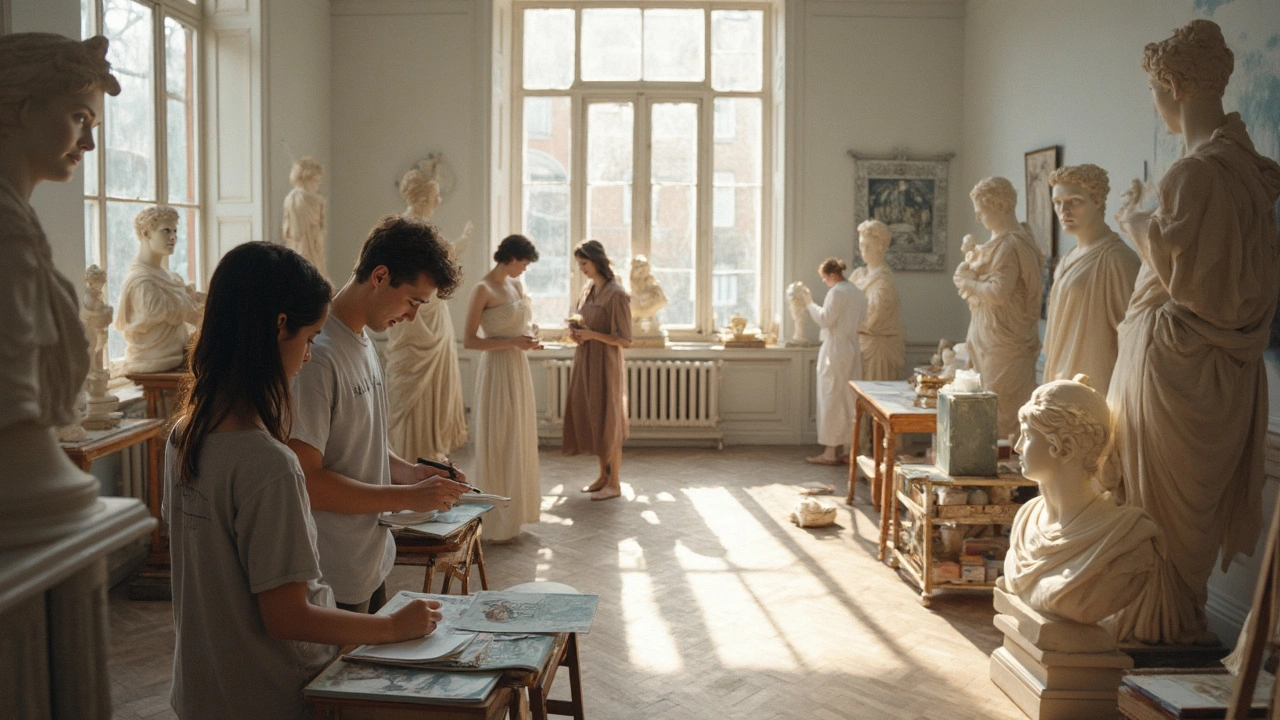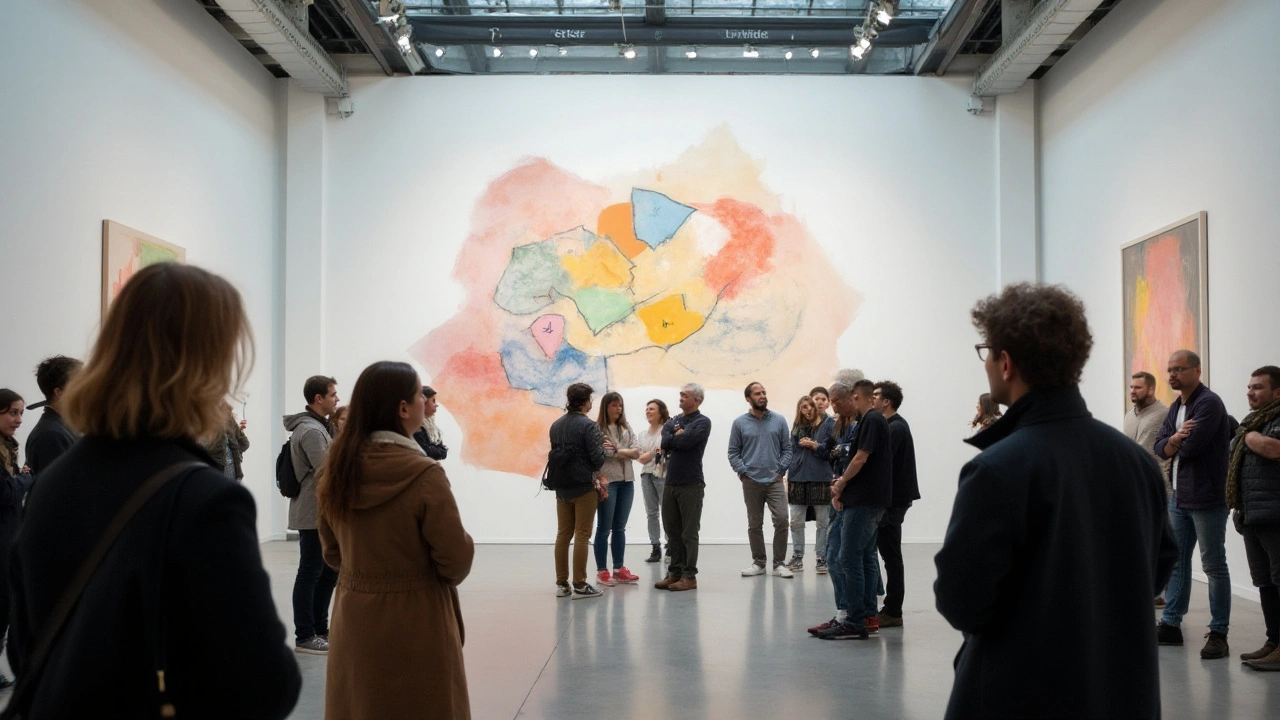Creative Process: How to Turn Small Ideas into Real Work
Most great artworks start as accidents — a spilled color, a stray line, or a bad photo that sparks something better. If you want a reliable creative process, learn how to turn those accidents into steps you can repeat. Idea to finished piece happens in stages: curiosity, research, making, editing, and showing. Treat each stage like a mini project with one clear goal.
Start small. Keep a one-page idea note for every project: the mood, one reference, one tool, and one risk. A note that short stops overwhelm and forces choices—choice sparks creativity. Look outward without copying. For photorealism you study photos and light; for Bauhaus you study function and form; for Fluxus you watch performances and odd experiments. Collect three references—one visual, one text, one sound or texture—and use them to guide a first draft.
Make fast, ugly versions. Set a 30- to 90-minute timebox and force a rough test: a quick oil sketch, a collage, or a small cardboard model for land art or installation ideas. Photorealism tests could be a tight value study; abstract work might be a single gesture layer. Edit like a critic. Step back, pick three things to improve, and stop—too many edits kill momentum.
Show early to learn fast. Share a process photo, not just the polished image; ask specific questions—does the light read? Is the gesture alive?
Quick exercises to unlock ideas
Try constraint sketches: pick three colors and make five thumbnails in 20 minutes. Swap media: if you paint, try collage for a day to break habits. Reverse critique: explain your work as if it already failed; you'll spot fixes fast.
Keeping momentum
Set a weekly tiny goal: one sketch, one photo, or one short note. File experiments in a 'fails' folder—use them later for combo ideas; many big pieces come from bits you dismissed. Treat technique practice like training: 20 minutes a day on one skill beats random long sessions.
If you want concrete reading, check pieces that show process: photorealism tutorials for layering, Bauhaus articles for design rules, Fluxus pieces for playful prompts, installation essays for space strategies. Use those as templates—don't copy, copy the shape of their process. Keep a habit, pick real limits, and let accidents steer the work.
Five-day micro plan: Day one—collect inspiration: three images and one quotation. Day two—make three quick studies varying scale and value. Day three—choose the strongest study and make a useable mockup. Day four—edit with three focused fixes: color, contrast, or edge work. Day five—show a photo and ask for one specific critique.
Document every step. Short clips and before/after photos make better posts than one perfect image. Add a caption that lists materials and a tiny tip — people share practical notes. Turn repeated experiments into a tutorial or a workshop: photorealism layering classes, Bauhaus-style design calls, or a Fluxus-inspired prompt pack. Over time you'll build a playbook you can reuse, remix, and sell if you like.
Start with one small test this week and track what changes daily.


